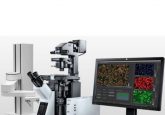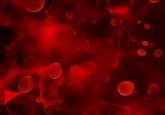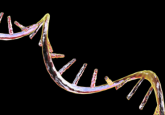Accelerating coronavirus research with AI
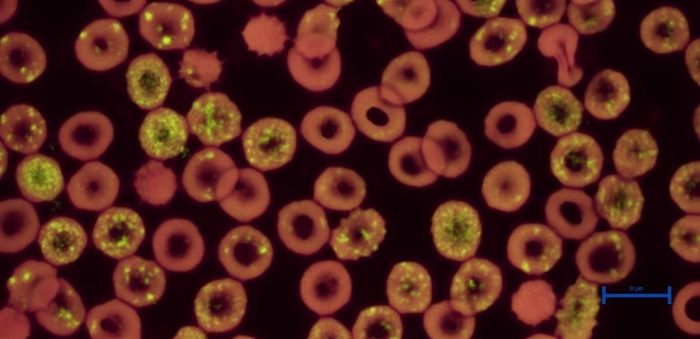
Refer a colleague
In a current research effort looking into the inflammatory effects of COVID-19, an AI software for image analysis has proven to be key to the success of the project.
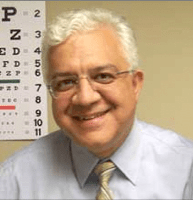 Robert Mozayeni moved to Bethesda (MD, USA) to work for the National Institute of Health (NIH). Since then he has established himself as the Laboratory Director of the high complexity clinical testing laboratory, T Lab Inc (MD, USA), the Medical Director of the private medical practice, Translational Medicine Group (MD, USA), and as the Chief Medical Officer of Galaxy Diagnostics (NC, USA). In addition to this multitude of positions, Robert is a Director of the Foundation for the Study of Inflammatory Disease (MD, USA).
Robert Mozayeni moved to Bethesda (MD, USA) to work for the National Institute of Health (NIH). Since then he has established himself as the Laboratory Director of the high complexity clinical testing laboratory, T Lab Inc (MD, USA), the Medical Director of the private medical practice, Translational Medicine Group (MD, USA), and as the Chief Medical Officer of Galaxy Diagnostics (NC, USA). In addition to this multitude of positions, Robert is a Director of the Foundation for the Study of Inflammatory Disease (MD, USA).
Please tell us about your work.
My work, in general, is focused on how inflammation may start and persist to cause acute and chronic diseases. More often than not, these diseases result from persistent infection.
My work with FSID is to oversee the foundation’s efforts to explore and illuminate the mechanisms of inflammation, how the human immune system becomes dysregulated or overwhelmed, and what we can learn from large sets of clinical data about the patterns of response to treatment of inflammatory diseases. In the clinical lab, we have developed advanced microscope imaging tools and other techniques to detect pathogens that cause inflammatory diseases.
In my medical practice, I focus on treating patients with chronic, complex and often debilitating inflammatory illnesses. This work informs the development of diagnostic tests that can be used to guide medical care for inflammatory diseases.
Many of my patients with chronic conditions now also have COVID-19. A lot of people infected with the disease are developing persisting chronic inflammatory illnesses. Thus, it has become exceedingly urgent for me and others to be able to determine if and how COVID-19 becomes a chronic disease. A lot of our understanding regarding COVID-19 is informed by our prior experience with chronic inflammatory diseases and in patients with these conditions, their response to SARS-CoV-2 helps us to learn more about the pathophysiology of the disease.
Why did you decide to use Aiforia’s AI platform?
FSID is well positioned to apply Aiforia’s AI-assisted analysis to thousands of high-resolution microscope images of human blood and tissue samples containing specific pathogens or, for example, the fluorescent tags of bacterial or viral RNA.
FSID has access to large sets of unique images generated by T Lab for such analysis. To date, the visual analysis of these images has been up to teams of expert histopathologists, microbiologists, and microscopists to interpret.
We see the potential to train the Aiforia system to analyze our images with extreme precision and great efficiency. Aiforia’s AI training thus far will be used as background training to be able to discern patterns of COVID-related disease in microscope images of blood and skin tissues.
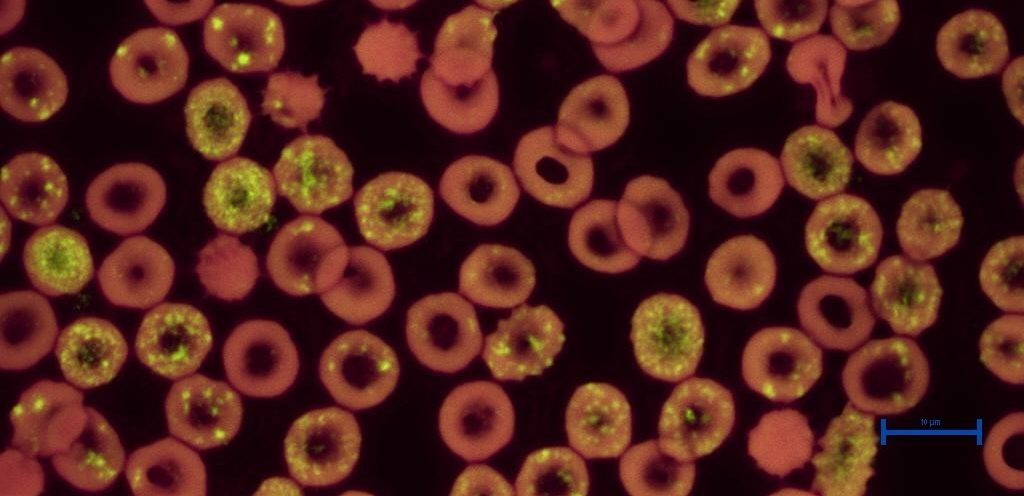
The red pseudocolor represents the endogenous fluorescence of erythrocytes. The green pseudocolor represents the fluorescent dye bound to the 23s rRNA probe for Bartonella henselae. (Scale bar = 10 microns) © 2020 T Lab Inc.
Tell us about your work using Aiforia Create
As COVID-19 was emerging, FSID laid out a program to analyze high-resolution images of blood and skin samples stained for COVID-19 RNA and inflammatory markers collected from hundreds of patients. This program would then put those results in the context of further testing, clinical and medical history data collected regarding those individuals, to gain a better understanding of the mechanisms and impact of this disease. When we became aware that Aiforia’s AI tools might be available to generate extraordinary image analysis and high efficiencies, we reached out.
How is this significant to advancing our understanding of COVID-19?
Finding COVID-19 and related inflammatory responses anywhere in the body will contribute to the understanding of this virus. Using AI to analyze images of either the novel coronavirus RNA in blood or any other tissues, as well as potentially colocating such viral RNA along with markers for immune response would be a very significant contribution to our understanding of the virus’s behavior, pathogenicity and potential treatment interventions.
What is novel about this project with Aiforia?
We see COVID-19 as an inflammatory systemic disease of sudden onset that exerts much of its damage in the vascular system with the formation of clots that impair blood flow. We are focused on the study of COVID-19 in the vascular system and blood components; uncovering evidence of COVID-19 RNA in the blood, skin, vasculature, lymphatic system and other tissues. In the context of patients’ clinical histories and other test results, these findings may reveal important patterns of immune response and significant opportunities for treatment.
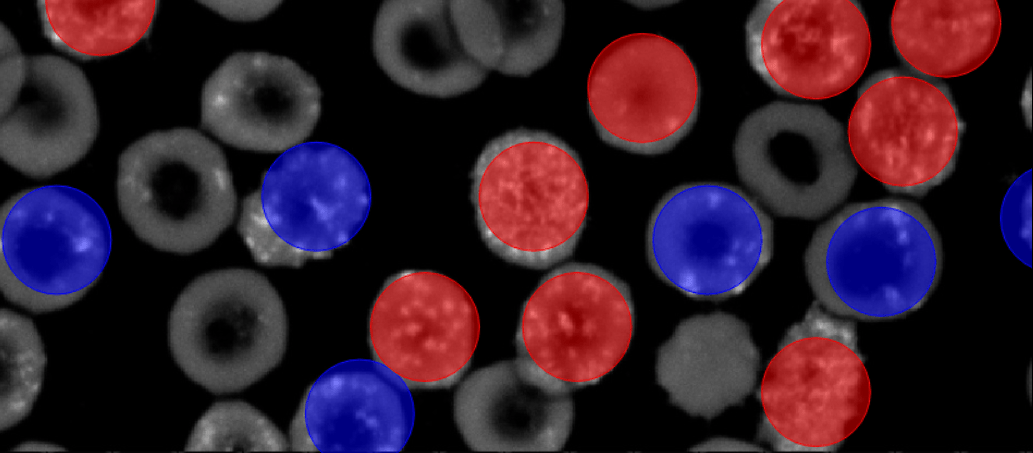
Grayscale image of the red fluorescent channel seen in Image 1, which has been uploaded and analyzed in the artificial intelligence platform by Aforia. The project was designed to detect two fluorescent staining patterns. The red circles are diffuse staining patterns and the blue circles are punctate staining patterns recognized by the Aiforia AI model. © 2020 T Lab Inc.
How will AI help advance your research?
Using AI in this process is novel because AI can detect differences that are not obvious to humans. AI has the potential to increase the throughput of specimens to augment the human technologist’s visual analysis of thousands of microscope slides while reducing the inherent variabilities in the process.
So, although efficiencies are extremely important, it is the potential ability to detect subtle changes that are not otherwise seen by humans, and ultimately, allow for a big stepwise increase in the sensitivity and specificity.
How are you finding working with Aiforia so far?
The Aiforia team is extraordinary. Not only are they experts who have built an amazing technology, but they are great teachers and are passionate about helping their partners succeed. We are thrilled to be working with them.
About Aiforia
By bringing together expertise in medical sciences and software development we have built an intuitive platform for direct and seamless use by healthcare professionals. The cloud-based Aiforia tools and services increase the speed, accuracy and consistency of analyzing large and complex medical images across a variety of fields with the power of deep learning artificial intelligence (AI).
Find out more about Aiforia’s AI platform: www.aiforia.com/aiforia-create
Please enter your username and password below, if you are not yet a member of BioTechniques remember you can register for free.

